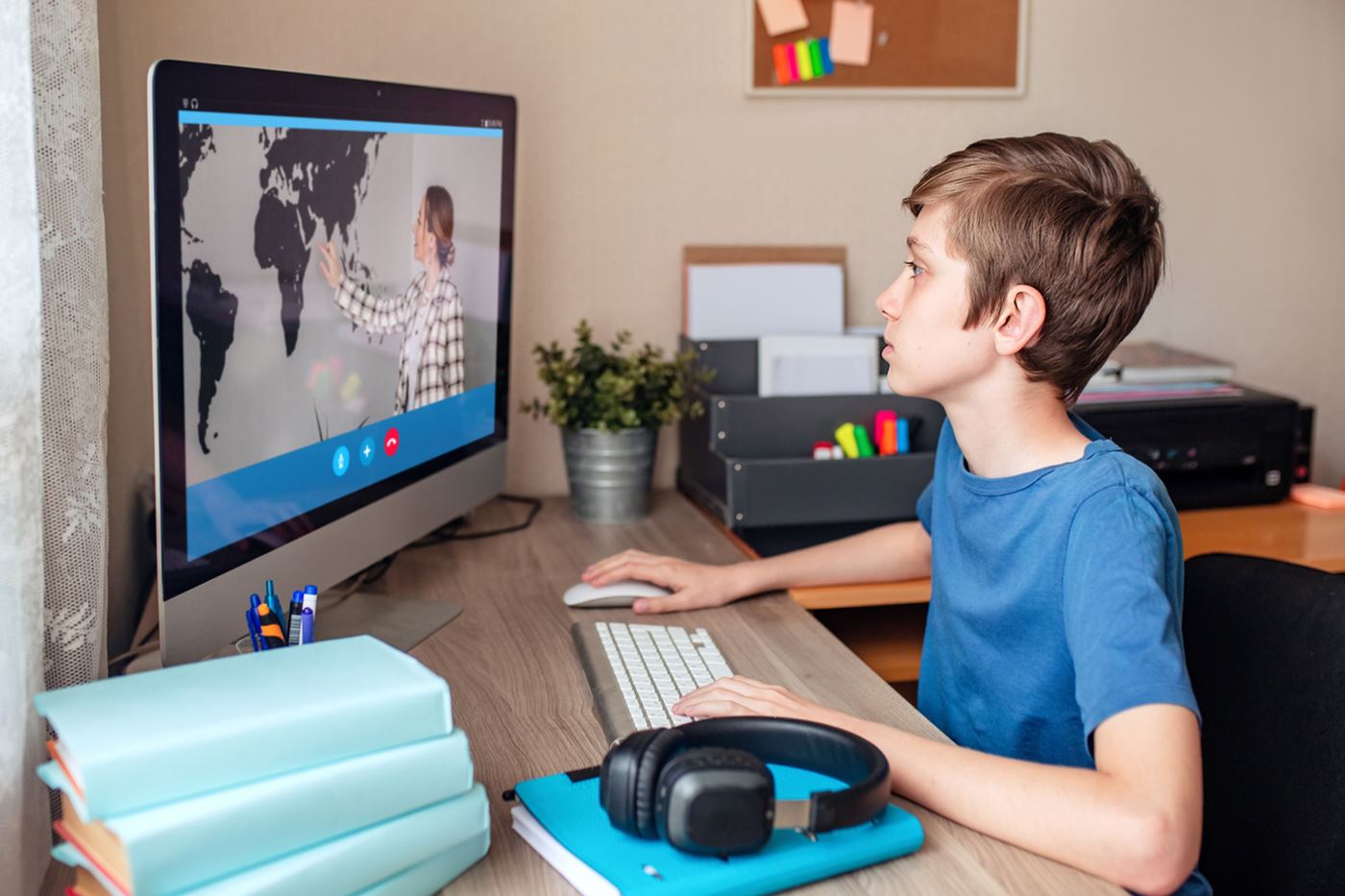The learning environment changed very little for an extraordinarily long time. Classrooms in the 1980’s were not that different from those a hundred years earlier and the experience of students often reflected that. However, technology is reshaping the educational landscape and many schools are taking this opportunity to redefine the learning environment of their students.
The most successful schools reflect a culture of learning, encouraging it across the whole school. Student outcomes are advanced through innovative pedagogical practice, along with high levels of student engagement and independence in their studies. Research suggests that these high performing schools demonstrate:
- An ability to deliver continuity and stability of the learning experience, facilitating student progress and success, both at home and in the classroom.
- High levels of student engagement, with students empowered to take ownership and control of their learning.
- Ongoing tracking of student experience, with both teachers and students using this information to evaluate outcomes and inform strategies for success.
These are not unusual goals for a school to aspire to, so what steps can teachers and leaders take to deliver a modern learning experience in line with the wider experience of their students elsewhere in their daily lives?
Step 1: Take learning beyond the classroom
Learning is no longer constrained to the classroom. Historically, schools have been achieving this through field trips and off-site activities, but these were occasional and required a lot of organisation. Technology has opened up the possibility of being able to engage in the learning process in ways that were unimaginable just a few years ago. Access to online resources and collaborative tools means that students can now take part in the learning conversation whenever and however suits them. This opens up the concept of what learning actually looks like and how we can use the space and resources around us to best effect.
Step 2: Encourage more independent learning
It’s time to talk about the role of homework. Ongoing, flexible access to the curriculum, allows teachers to redefine the role of homework, which traditionally, has been an opportunity for students to practice new skills and test out their knowledge. However, we can now consider what is the best use of home learning. There are many activities that take place in the classroom which could be just as easily carried out at home - what some schools call pre-learning, or a ‘flipped learning’ approach. As teachers we need to ask ourselves: is our presence essential to the activity, and if not then should it be carried out independently at home?
Step 3: Prioritise group work and practical activities in the classroom
Let’s make the most of our time in the classroom. If we have changed the way we look at homework, the next step is to consider, what do we want to use the classroom for? This is an opportunity to prioritise the face to face interaction between the teacher and the student. We can make the classroom a space for collaborative work, giving time to practical and group activities that cannot take place in another setting. Teachers can spend more time refining their students’ understanding of the subject and support them more effectively in the higher cognitive activities they are engaged with, rather than spending their time simply transmitting knowledge.
Step 4: Support teachers with the right tools
Give teachers the tools and support they need. If we can get this right, we can help teachers to empower their students so that they can take responsibility for their own learning. This can sometimes feel quite a scary step, (for both teacher and student), but technology allows us to provide support “at a distance”. The student can be given clear guidance and success criteria, using rubrics for example, along with targeted resources and materials to get them started. With an emphasis on the acquisition, rather than the transmission of knowledge, students begin to understand their role in the partnership better, freeing up teachers to guide and adapt the process to best suit the needs of their classes.
Step 5: Focus on monitoring and tracking learning progress
Finally of course we need to be able to track and monitor the impact of what we are doing. Students need regular, ongoing feedback so they remain motivated and confident in knowing how to improve. Our new approach to the classroom will allow more of this to happen in a face to face setting. As teachers it is also important for us to be able to understand what is working and what isn’t. We all know that every class is different, we can see that in the way they respond in the classroom. If we can see when a particular activity is producing results, through better engagement, and elevated grades for example, then we can build on the approach and extend it further.
Providing the best learning environment for students and teachers is a critical step to helping them achieve the best outcomes. Technology has made an impact on all aspects of our daily lives and has significantly enhanced the way we interact and work together. This ubiquity of use and access is starting to resonate with schools, who are looking at technology to enhance and augment their existing practice. The next step on this journey is one of redefinition as we step back and consider what it is that is really important and how best to go about achieving it.
“I realized if you can change a classroom, you can change a community, and if you change enough communities you can change the world.”
Erin Grunwell
Looking for more inspirational ideas? We recently spoke to Simon Luxford-Moore, Head of eLearning from the leading school ESMS, who shared how they are reimagining the classroom and encouraging independent learning.
You might be also interested in:

